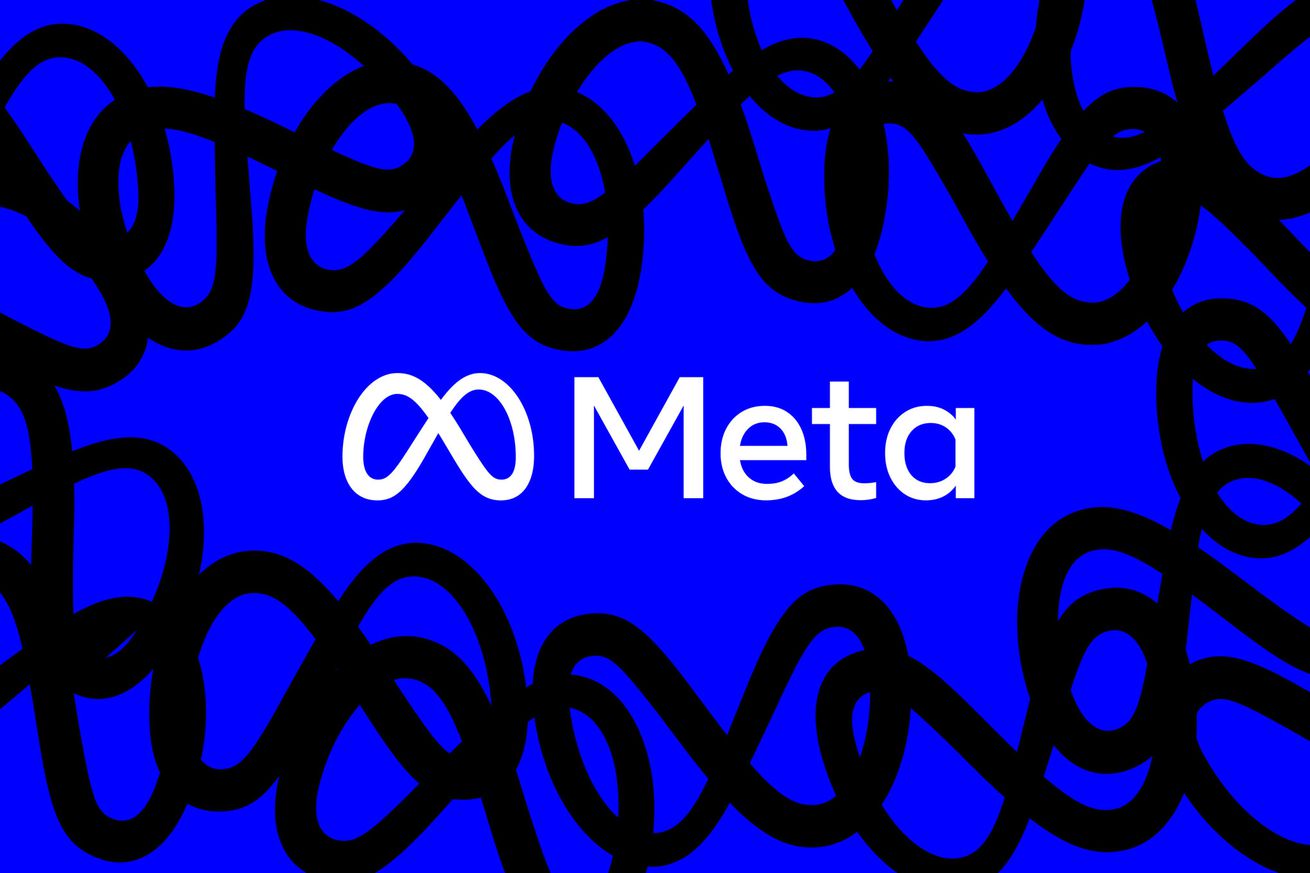$4,000 and a long list of features, but how many do you really need?
“Sometimes you have to kill your darlings,” is a phrase used by designers to justify the removal of elements they find personally exciting but fail to add value.
The last time I heard it was in April, 2022, when I rode pre-production versions of VanMoof’s new full-size S5 and smaller A5 electric bikes. The phrase was uttered by co-founder and CEO Taco Carlier to justify the removal of VanMoof’s iconic matrix display for a new “Halo Ring” interface.
One year later and both e-bikes are now — finally — being delivered to customers, well after their original target of July 2022. The price has also been raised to $3,998 / €3,498 from an early preorder price of $2,998 / €2,498, which was already much more expensive than what you’d pay for VanMoof’s previous generation e-bikes — the VanMoof S3 / X3 — when introduced for a rather remarkable price of $1,998 / €1,998 back in 2020.
Look, everything is more expensive in 2023, e-bikes included. But in terms of value for money, the $4,000 VanMoof S5 needs to be twice as good as the $2,000 S3, right? Otherwise the latest flagship e-bike from this former investment darling might be dead on arrival.
If only it was that simple.
Although the S5 and A5 pedal-assisted e-bikes still look like VanMoofs with that extended top tube capped by front and rear lights, everything from the frame down to the chips and sensors have been reengineered. The company says that only a “handful of parts” were carried over from the previous models.
Here are some of the most notable changes:
- New LED Halo Ring visual interfaces flanking both grips.
- An integrated SP Connect phone mount (you provide the case) with USB-C charging port.
- New almost completely silent Gen 5 front-hub motor with torque sensor and three-speed automatic e-shifter (the S3 / X3 had four-speed e-shifters).
- New multi-function buttons have been added below the bell (next to left grip) and boost (next to right grip) buttons.
- The boost button now offers more oomph with torque increasing to 68Nm from 59Nm.
- The S5 frame which has been criticized for being too tall has been lowered by 5cm (2 inches) to better accommodate riders as tall as 165cm (5 feet, 5 inches), while the A5 caters to riders as tall as 155cm (5 feet, 1 inch) and allows for an easier step-through than the X3 it supersedes.
These join a very long list of standard features found on VanMoof e-bikes like a well designed and useful app, integrated Kick Lock on the rear wheel, baked in Apple Find My support, hydraulic disc brakes, muscular city tires, bright integrated lights, mudguards, and a sturdy kickstand. And because it’s VanMoof, you can also subscribe to three years of theft protection ($398 / €348) with guaranteed recovery or replacement within two weeks, and three years of maintenance ($348 / €298) in select cities.
/cdn.vox-cdn.com/uploads/chorus_asset/file/24637200/IMG20230505100847.jpg)
/cdn.vox-cdn.com/uploads/chorus_asset/file/24637201/IMG20230505100902.jpg)
/cdn.vox-cdn.com/uploads/chorus_asset/file/24637203/IMG20230505101541.jpg)
/cdn.vox-cdn.com/uploads/chorus_asset/file/24637206/IMG20230505101304.jpg)
VanMoof e-bikes now have integrated mounts and USB-C charging for your phone.
I picked up my dark gray (also available in light gray) VanMoof S5 loaner in late March but I ran into a few issues that delayed this review. These included intermittent connectivity failures between the app and bike, a Kick Lock that didn’t always disengage, and an alarm that would briefly trigger for no apparent reason. Those issues were all corrected by an over-the-air firmware (v1.20) update released in mid-April before I could even report them back to VanMoof support.
I have mixed emotions about this. In March the S5 and A5 started shipping in quantity — albeit, eight months late — so you’d think they would have had time to sort out any issues in VanMoof’s new testing labs. That’s annoying given VanMoof’s history of initial quality issues and assurances provided by the company that they wouldn’t be repeated. Then again, premium e-bikes from companies like VanMoof are increasingly complex machines, and seeing the company solve issues so quickly is commendable.
One issue that hasn’t been fixed is idle battery drain, but VanMoof tells me that a firmware update is coming to solve it in “two weeks” time. In my case, the issue caused the idle S5’s battery to drain from 86 percent to 65 percent over a period of 10 days. I generally lose about two percent charge each day whether I ride it or not.
Oh, and since I’ve installed several firmware updates in the last month (I’m currently at v1.2.4), I need to mention this: the S5 plays a jaunty little tune the entire time the firmware is being installed. It was cute at first, my daughter even offered a little dance to go with it. But it takes five to 10 minutes, and after the first time you hear it, it’s just annoying and there’s no way to turn it off.
/cdn.vox-cdn.com/uploads/chorus_asset/file/24637198/IMG20230505102826.jpg)
/cdn.vox-cdn.com/uploads/chorus_asset/file/24637199/IMG20230505103051.jpg)
Regarding new features, the Halo Rings next to each grip are the most visible change from previous VanMoofs. At least until you hit sunlight and those weak LEDs washout almost completely. The Halo Rings are meant to show speed, charge remaining, current pedal-assist power level, and more through a series of light bars and animations. Overall they’re fine, if gimmicky, but I don’t have much of a need for status information when bicycling. I also didn’t miss the old top-tube matrix display.
Riding a 23kg / 50.7lbs VanMoof S5 feels like an S3 albeit with fewer shifts and a boost button that provides more torque when trying to pass someone or get an early jump off the line. The fifth generation 250W motor of VanMoof design is absolutely quiet, even at its top speed of 25km/h in Europe (which increases to 20mph in the US). And the new three-speed e-shifter does a better job of accurately finding the right gear than the S3’s four-speed e-shifter did. I still felt a few clinks and spinning pedals, especially when mashing down hard on the cranks when in a hurry. But overall the S5’s predictive shifting is much improved, especially when rolling along at a casual pace. Still, it’s not as smooth as the automatic shifters from Enviolo, for example, so there’s still work to be done.
It’s a shame VanMoof doesn’t offer a simple belt-drive option for its e-bikes. That coupled with the S5’s torquey boost button would obviate the need for any gears when riding in all but the most hilly environments. That’s why I’m a big fan of the premium belt-driven pedal-assist e-bikes sold by Ampler and Cowboy. They cost less than the S5 but are also more fun to ride thanks to their lighter front ends (both brands use rear-hub motors).
As to range, VanMoof says I should be able to get 60km on full power mode. However, I was only able to eke out 48.6km (30.2 miles) from the S5’s 487Wh battery when riding in full power mode and frequently pressing the boost button, in temperatures that ranged from freezing to 15C (59F). That’s about the same range I got when testing the VanMoof S3 — 47 km (29.2 miles) — and its bigger 504Wh battery. The issue that currently causes the battery to lose energy overnight certainly didn’t help my range. The battery can be charged from zero to 100 percent in a very slow 6 hours and 30 minutes via the included charger.
I had been wondering how VanMoof would use the new multifunction buttons located just below the bell and boost buttons. The small button on the right (below the boost) let’s you change your motor power on the fly, while the one on the left (below the bell) makes your lights flash, as some kind of warning to people around you. Both of these features tick boxes on marketing sheets but aren’t very useful in everyday usage.
And since this is a VanMoof, the battery is integrated and can only be removed during maintenance. The company does have a new “click-on” version (no velcro!) of its extended battery coming for the S5 and A5 that you can charge inside the home.
/cdn.vox-cdn.com/uploads/chorus_asset/file/24637195/IMG20230505100134.jpg)
I’ve had a nagging concern about VanMoof e-bikes for the last few years that I even mentioned in the S3 review. Are they getting too complex for their own good?
Electric bikes — especially commuter e-bikes like the S5 — are subjected to daily wear and tear in all kinds of weather conditions. Even basic bikes are difficult to maintain when used everyday and VanMoof’s e-bikes are expensive rolling computers.
Honestly, I could do without the fancy automatic chain-driven three-speed shifter, superfluous multifunction buttons, programmable electronic bell, Halo Ring interface, Apple tracking, and perky sounds for startup, shutdown, and firmware updates. Give me one gear and a maintenance-free belt drive alongside that torquey boost button on a pedal-assisted e-bike that will get me back and forth to my office every day, no matter what, in style and without fail. But that’s not the S5.
Don’t get me wrong, the VanMoof S5 is a very good electric bike with a longer feature list than any other e-bike I can name. It also has one of the best networks of service hubs available in cities around the world. That’s important because most S5 / A5 parts are only available from VanMoof so make sure you have a service center nearby if you’re interested in buying.
VanMoof for all its early covid successes ran into financial issues at the end of 2022 when it was forced to ask investors for an emergency injection of capital just to pay the bills. But the entire e-bike industry was struggling post-covid as sales plummeted and supply chains wobbled. Competitors like Cowboy and industry giant Stella also had to raise cash to handle overstock after e-bike inventories swelled.
As good as the S5 is, the feature set is verging on gimmickry, in my opinion, perhaps in an attempt to justify its new higher $3,998 / €3,498 price tag. They’re cute, entertaining, and sure, a tad useful at first. But many just aren’t needed for regular commuters. The S5 has too many darlings, and not enough killing.
For context on that price, the VanMoof S5 is currently $500 more expensive than the comparable Cowboy 4 series and $1,000 more than the simpler Ampler Axel. Viewed in those terms, VanMoof’s pricing seems about right.
Is the S5 worth it? I’ll leave that for you to decide in this uncertain and inflationary world. While it’s definitely an improvement over the S3, it’s not twice the bike.
All photography by Thomas Ricker / The Verge







/cdn.vox-cdn.com/uploads/chorus_asset/file/24629307/3MYqBRT.png) Image: paulanerspezi (
Image: paulanerspezi (

/cdn.vox-cdn.com/uploads/chorus_asset/file/24628527/making_it_easier_to_share_your_favorite_reddit_content_v0_5p3z9x5bzfxa1_2.jpeg) Image: Reddit
Image: Reddit
/cdn.vox-cdn.com/uploads/chorus_asset/file/24628099/Instagram_V1.jpeg) Image: Reddit
Image: Reddit
/cdn.vox-cdn.com/uploads/chorus_asset/file/24628298/Screenshot_V1_1.jpeg) Image: Reddit
Image: Reddit
